When your car engine's heater core gets clogged, it can lead to overheating and a blown head gasket. So you have to perform a routine heater core flush. If you're not sure how it is done with your Jeep Cherokee, you've come to the right place. We've sought help from experts in this field, and here's what they recommend.
You can easily flush a heater core in a Jeep Cherokee if you're mechanically inclined. Follow this step-by-step process of flushing the heater core:
- Find the heater core.
- Disconnect the heater hoses.
- Pressurize the heater core.
- Attach the water hose.
- Reconnect the heater hoses.
- Flush your whole cooling system with a chemical flush.
- Refill the coolant.
If you want your vehicle to remain in working order without too much problem, always make sure to perform a routine heater core flush. Keep reading to get more detailed information on how to flush the heater core in a Jeep Cherokee.
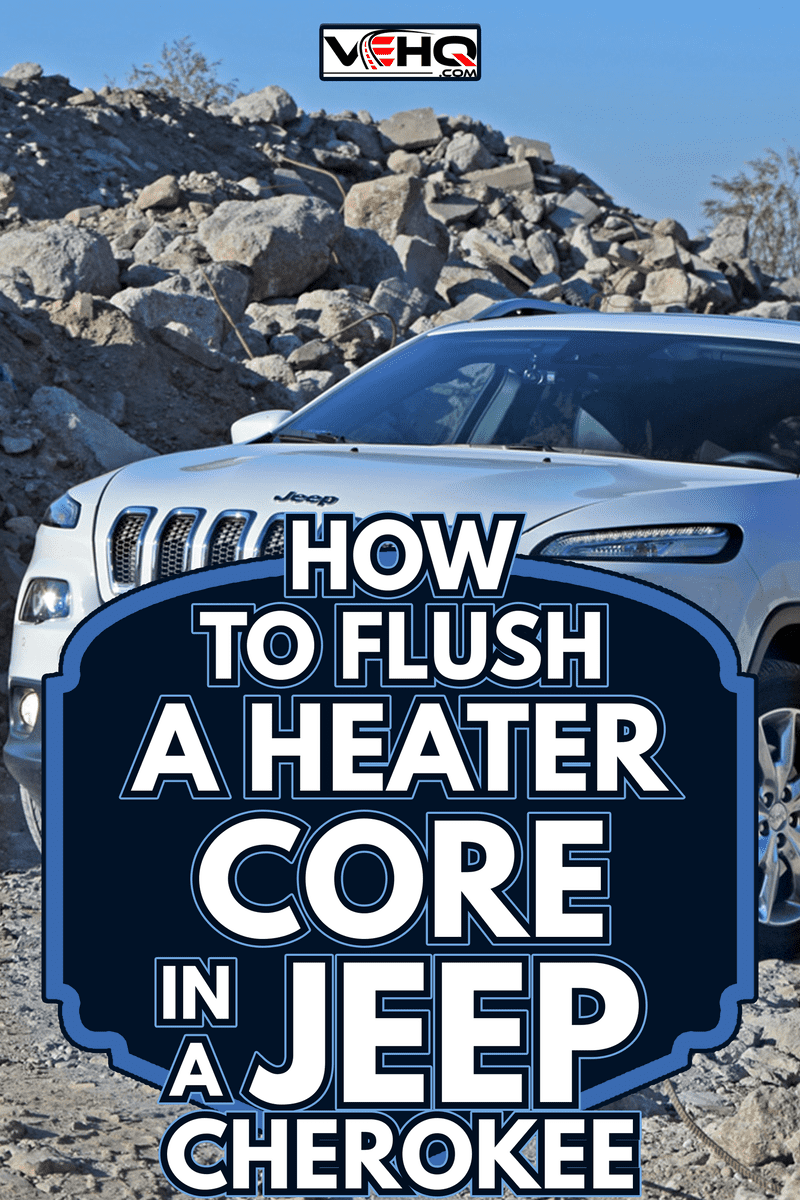
Flushing A Heater Core In A Jeep Cherokee
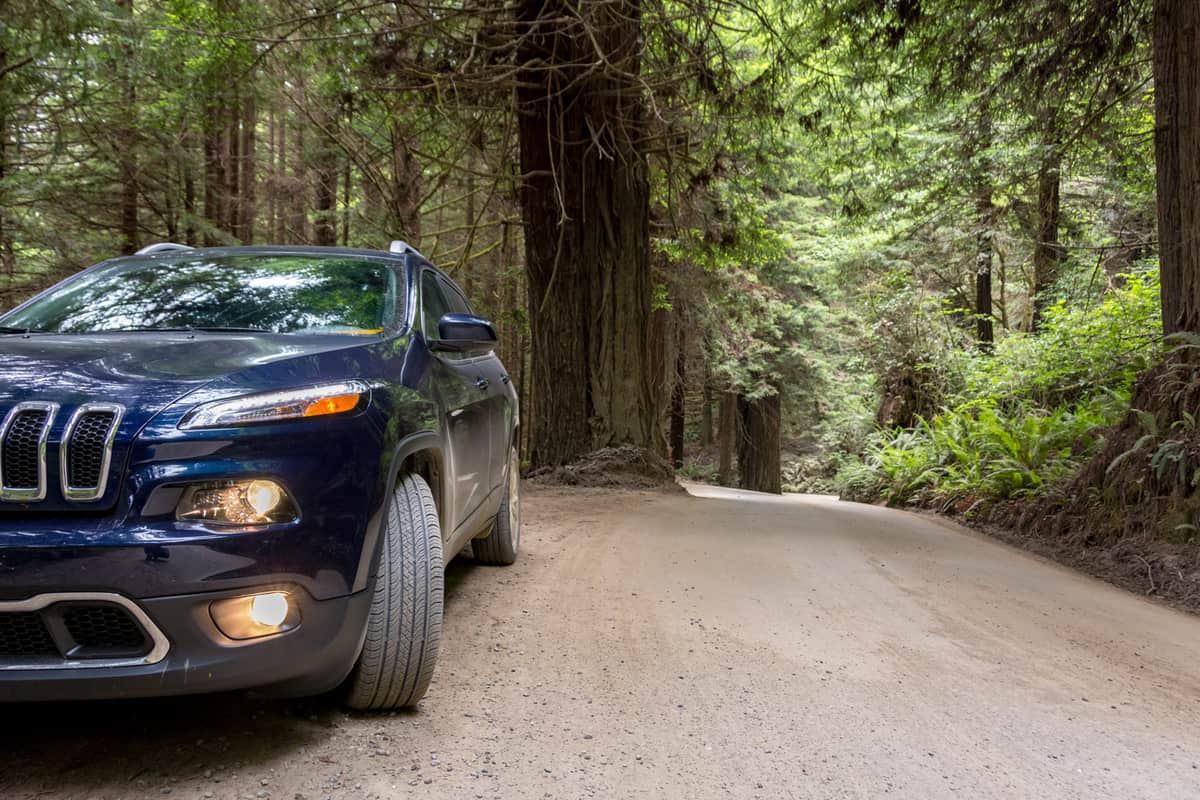
Flushing the heater core is important because it helps to remove any sediment or debris that might have accumulated in the cooling system. Here's how to proceed:
1. Find The Heater Core
Locating the heater core is the first thing to do when you want to perform a heater core flush. The heater core can be found on the firewall of your car. There is an inlet and outlet hose whose work is to take in the coolant and push it back out. Make sure to trace the outlets back to the engine, and use your owner’s manual if you need help.
2. Disconnect The Heater Hoses
When you are done finding the heater core and the hoses, the next thing to do is detach them from the firewall. They are usually connected by clamps. You'll need pliers or screwdrivers to loosen them.
Always keep a big bucket underneath before loosening. Generally, the coolant starts leaking out when you remove the clamps and hoses. It is better to trap all so that you can dispose of them properly as they can cause environmental hazards.
3. Pressurize The Heater Core
When you succeed in getting to the air compressor, don't forget to connect it to the outlet hose. After that, you need to seal it with either a coupler or duct tape.
Doing this will accumulate pressure which will loosen any unpleasant substance and tough clogs. The heater core should be pressurized for about 10 minutes for an ideal outcome. When you notice enough pressure has accumulated, shut off the compressor.
Always allow everything to flow out before removing the compressor hook up. Don't forget to watch the bucket closely so that it doesn’t overflow.
4. Start The Flush
When everything is drained, remove the air compressor. Then connect the water hose and turn on the hose so the flushing will start.
When the water becomes clear, flushing has been completed. To make sure the process is successful, you may want to start all over again. When all the water is out, you can eliminate excess water with an air compressor.
5. Reconnect The Heater Hoses
When you are done flushing and drying your heater core, the next thing to do is reattach the hoses. Get enough clamps ready in case the old ones are damaged. Ensure that you have fixed and sealed the hoses well using the clamps.
6. Flush Your Whole Cooling System With Chemical
It is better to flush the whole of your cooling system with a good chemical flush. One of the best and most potent flushes that get your whole cooling system cleaned out is Irontite Products Thoro-Flush.
7. Refill Coolant
After flushing, you can start refilling the coolant in your heater core system. This can be done by taking out the radiator cap and then putting the coolant into the reservoir on the radiator.
This stage may be difficult for some since you have to start your car, allowing the coolant mixture to move through as you burp the coolant system. If air remains in the system, it may overheat. This is why you need to burp the system to release the trapped air.
When Do You Need A Heater Core Flush?
Your Jeep may need a heater core flush if you notice these signs:
- Your Jeep Cherokee doesn't warm up: You may notice your Jeep is running fine, the temperature gauge is reading as it should, and there are no other coolant system problems detected. But your Jeep isn't warming when the heat is on.
- Fogged-up window: This is one of the signs that you need a heater core flush. If your cooling keeps spraying for too long, your windows may be blanketed. Cleaning off the residue can be difficult and inhaling ethylene glycol can endanger your health.
- Sweet fragrance: Coolant has a sweet smell, and it could be that it is gradually entering your interior. This is an initial warning sign.
- Leaks from your dashboard: If you start noticing stains in your front carpet or leaks from beneath the dashboard, this is coolant leaking into your vehicle.
- Hot engine: If you notice that your engine gets hotter than usual, you have to check your coolant level. If it is low and your temperature gauge has greatly increased, it is better to contact a mechanic.
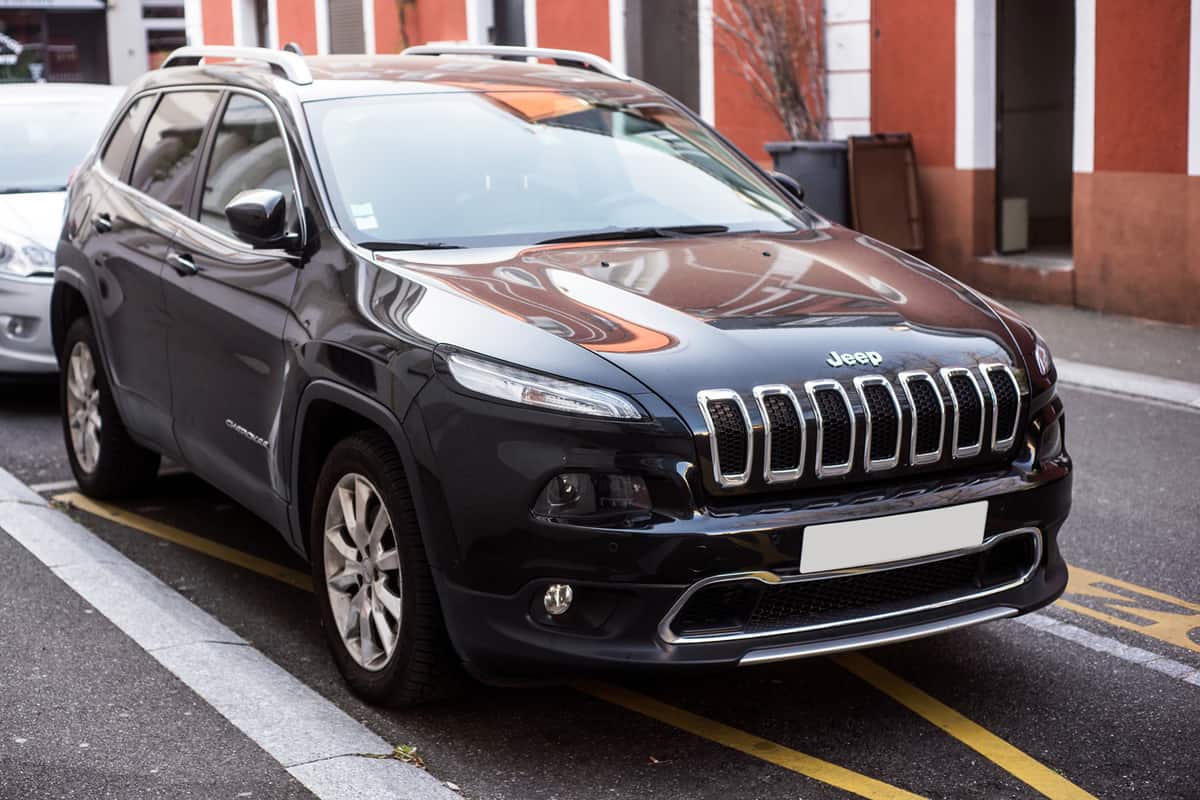
Does Flushing A Heater Core In A Jeep Cherokee Work?
Some people may be wondering if flushing the heater core actually works or not. Flushing out the heater core makes the coolant move easily, thus providing constant warm coolant that helps in heating up the air moving into the cabin. Also, this process can help to clear out anything that has been collected in the system.
What Causes A Heater Core To Get Clogged?
Mixing of coolant, rust, and scale buildup are the major causes of a clogged heater core. Another cause of blockage is the accumulation of road salt on the outside of the pipes. It can get into the system, especially if you live in a snowy area or if you drive through a lot of snow.
What Happens If Your Heater Core Is Clogged?
If your heater core is clogged, you may find it difficult to see while driving. This can be uncomfortable and also dangerous during the cold months. Driving with a faulty core could result in a lot of issues down the track, especially if leaking coolant is responsible for the problem.
Testing A Heater Core
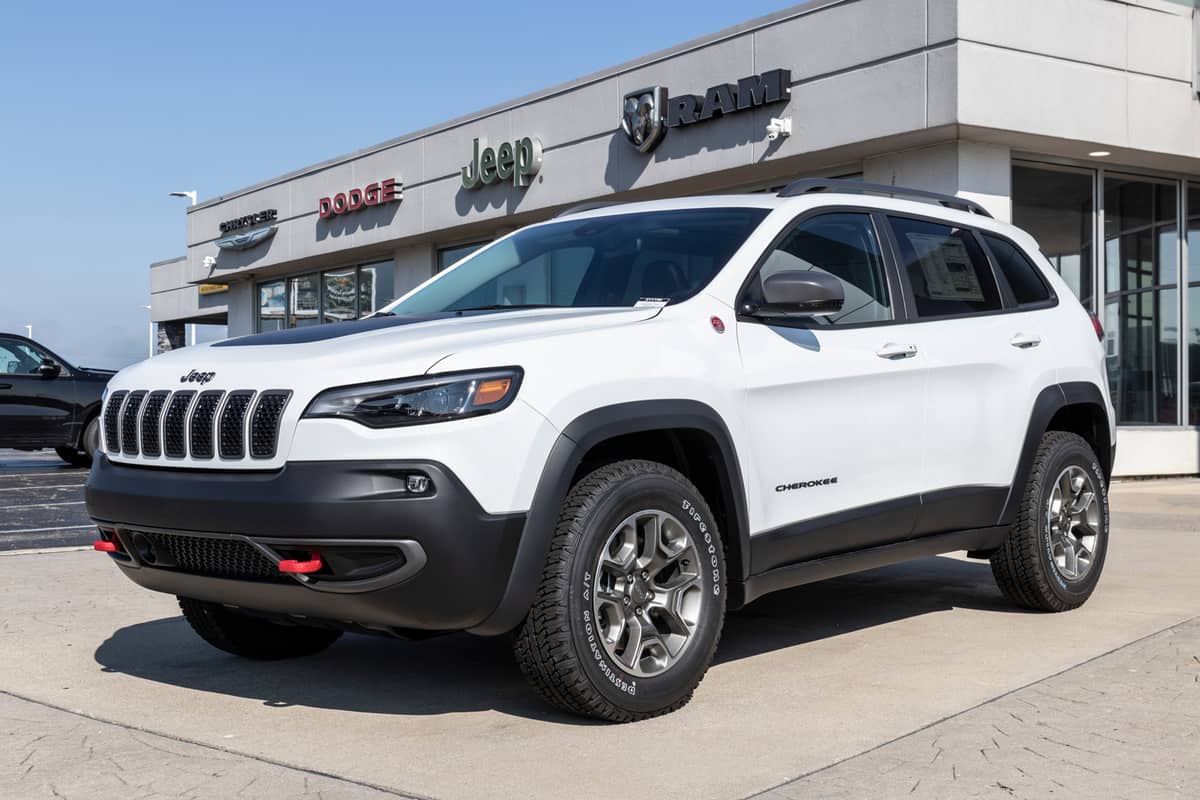
Having a bad thermostat also brings about a clogged heater core. This problem also makes your heater send a lot of heat. When a heater does not produce the needed amount of heat, most technicians usually change the thermostat before trying to discover if there are other causes. Here are steps to follow when testing a heater core:
- Opt to start and heat the engine: Pour the appropriate amount of coolant into the radiator. To put the operating temperature on average, you have to start and run the engine. Then hold to know if the upper radiator hose is too hot.
- Try feeling the heater hoses: Turn on the engine and leave it on for a few minutes. While the engine is still on, make sure to leave the heat setting at the highest and feel the hoses.
- Check airflow blend door: If you notice that the heater hoses are hot but warm air is not circulating, try checking the airflow blend door. You can consult your service booklet for direction or seek professional advice.
Can You Drive With A Clogged Heater Core?
You can drive when you have a clogged heater core, but do not go too far with it because it can lead to overheating which could damage engine components. A clogged heater core has the ability to decrease coolant circulation, making the engine work at a higher temperature. If this problem isn't dealt with, it may cause more engine damage.
Apart from heater core issues, problems like a leaky hose, head gasket, radiator, and water pump can damage your engine. So, whenever you notice that the temperature of the cabin isn't balanced, it is better to check on all these compartments after finding out that there are no leaks in the heater core.
In Closing
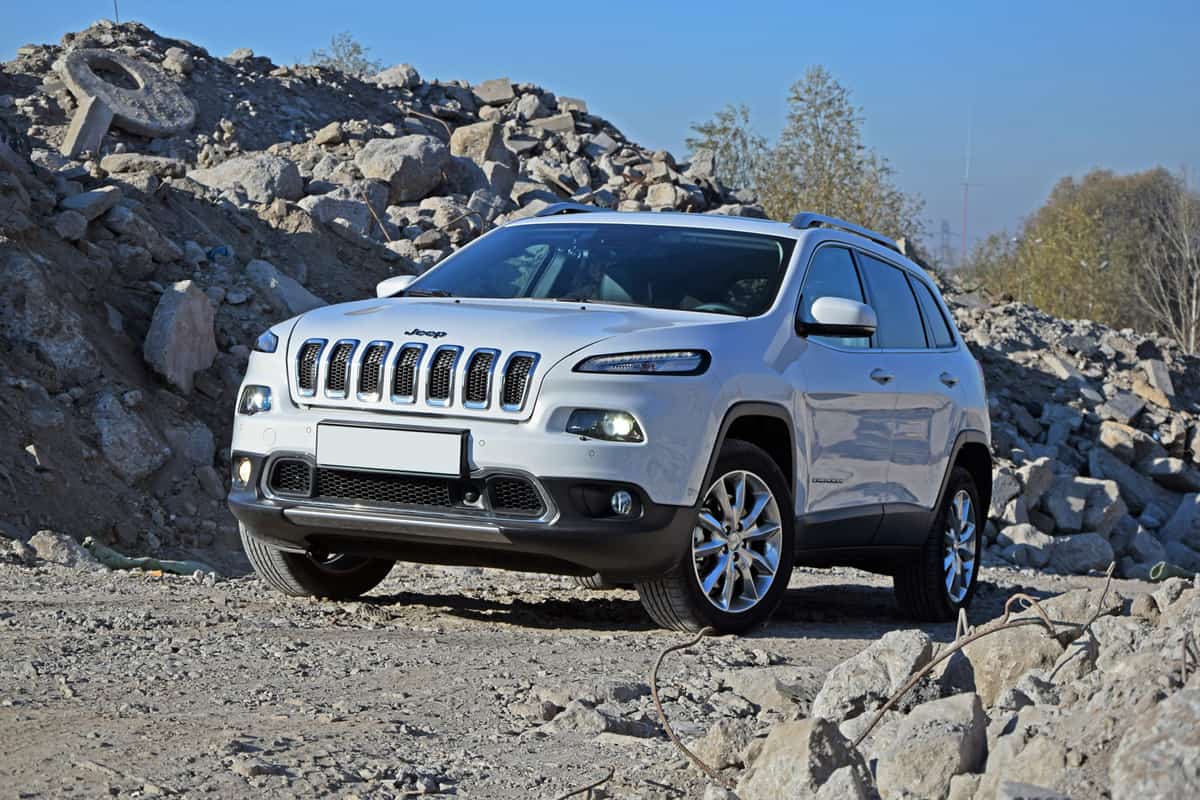
Flushing your heater core often helps prevent rust from accumulating inside the engine and also prevents water from entering your Jeep Cherokee. You can complete the process with the seven easy steps we have outlined in this post.
If you enjoyed reading this article, check out these related posts:
